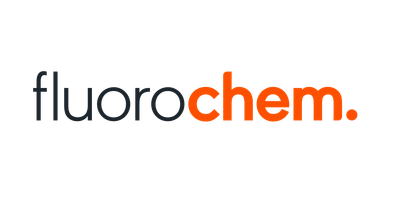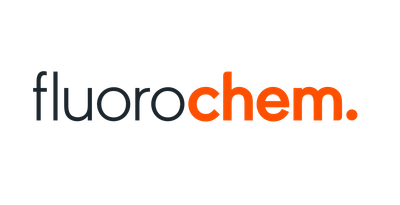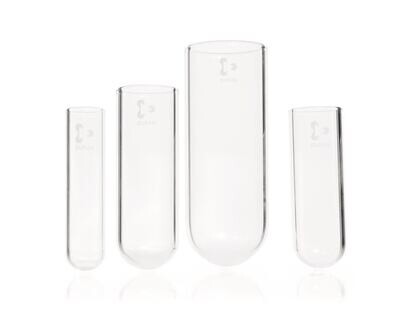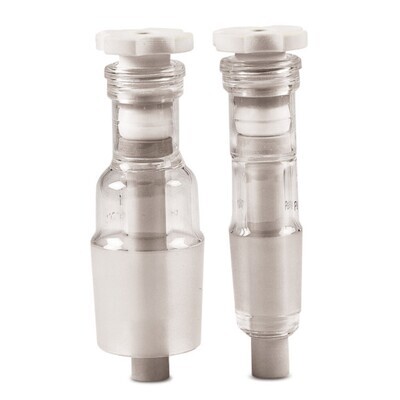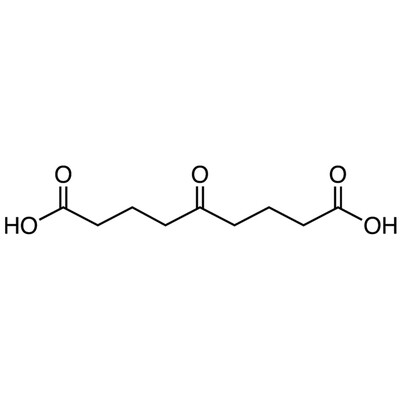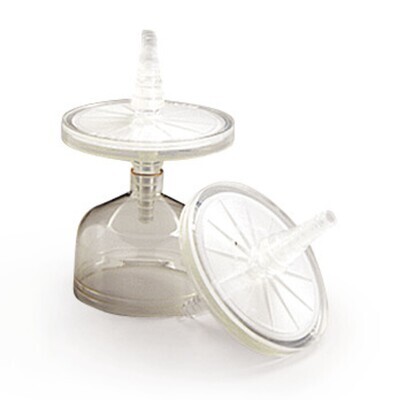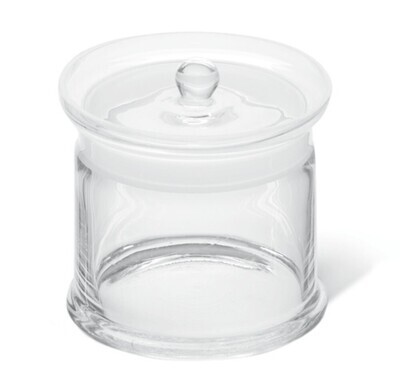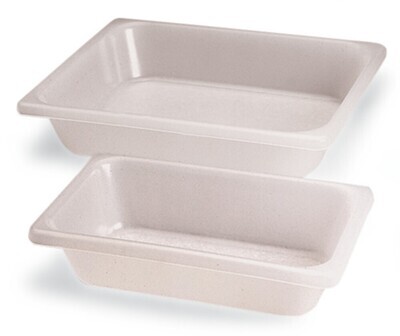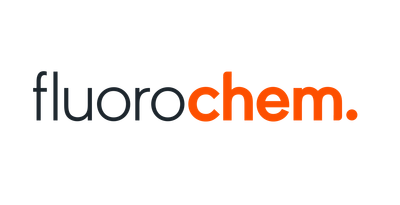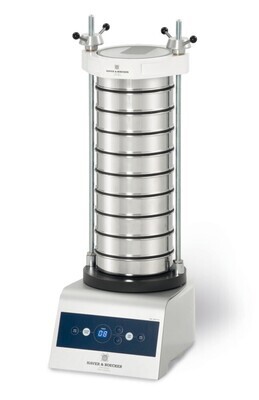Thulium chloride hydrate 99.9% 1 g
SKU 007499-1
€ 75,74
In stock
1
Save this product for later
Thulium chloride hydrate 99.9% 1 g
Product Details
CAS number: 13537-18-3
Chemical formulas: TmCl3 . xH2O/ F.W. 275.29
Cation: Tm
Packaging: 1 g
EAN: 8721028254900
Brand: Laboratoriumdiscounter
Thulium chloride hydrate is a rare and valuable compound used in various industries. With its unique properties, this chemical compound offers exceptional applications in catalysis, electronics, and medical research. Discover the potential of thulium chloride hydrate and its significant contributions to technological advancements.
When working with Thulium chloride hydrate, it is important to follow proper safety precautions to ensure your well-being. Here are some short safety instructions to keep in mind: 1. Personal Protective Equipment (PPE): Always wear appropriate PPE, including gloves, safety goggles, and a lab coat or protective clothing. This will protect your skin, eyes, and clothing from potential contact with the chemical. 2. Ventilation: Work in a well-ventilated area or use a fume hood to prevent the inhalation of any fumes or vapors that may be released during handling or mixing of Thulium chloride hydrate. 3. Handling and Storage: Handle the chemical with care, avoiding any spills or splashes. Store it in a tightly sealed container in a cool, dry place away from incompatible substances. 4. Avoid Ingestion and Inhalation: Never eat, drink, or smoke while working with Thulium chloride hydrate. Avoid inhaling the dust or mist generated by the chemical. If accidentally ingested or inhaled, seek medical attention immediately. 5. Chemical Compatibility: Be aware of the chemical's compatibility with other substances. Avoid contact with strong oxidizers, acids, or bases, as it may result in hazardous reactions. 6. Emergency Procedures: Familiarize yourself with the location and proper use of safety equipment, such as eyewash stations and fire extinguishers. In case of a spill, follow appropriate cleanup procedures and dispose of waste according to local regulations. 7. Training and Knowledge: Ensure that you have received proper training and have a good understanding of the properties and hazards associated with Thulium chloride hydrate before working with it. Remember, these are just general safety instructions, and it is essential to consult the specific safety data sheet (SDS) and follow any additional guidelines provided by the manufacturer or your institution.
Please note, not all safety data for this product is available on our website, for a complete list of P en H sentences and other safety instructions please request the MSDS at our customer service
You May Also Like

(Tetrahydrofuran-2,5-diyl)dimethanol, 95.0%, 25g
(Tetrahydrofuran-2,5-diyl)dimethanol, 95.0%, 25g
SKU F464335-25G
€ 1 186,90
Display prices in:EUR

